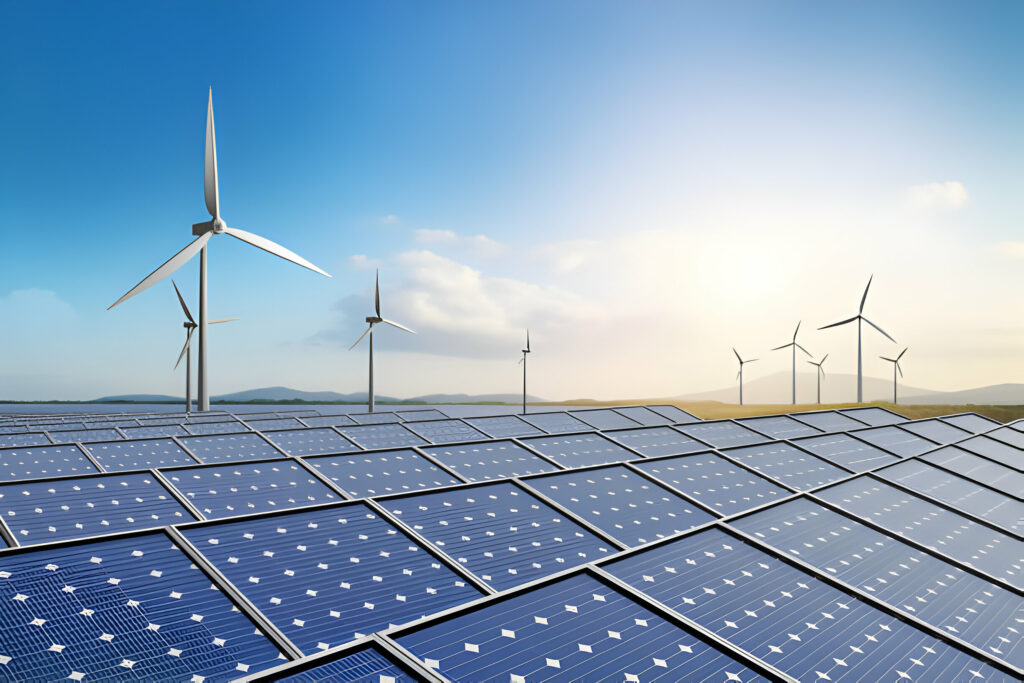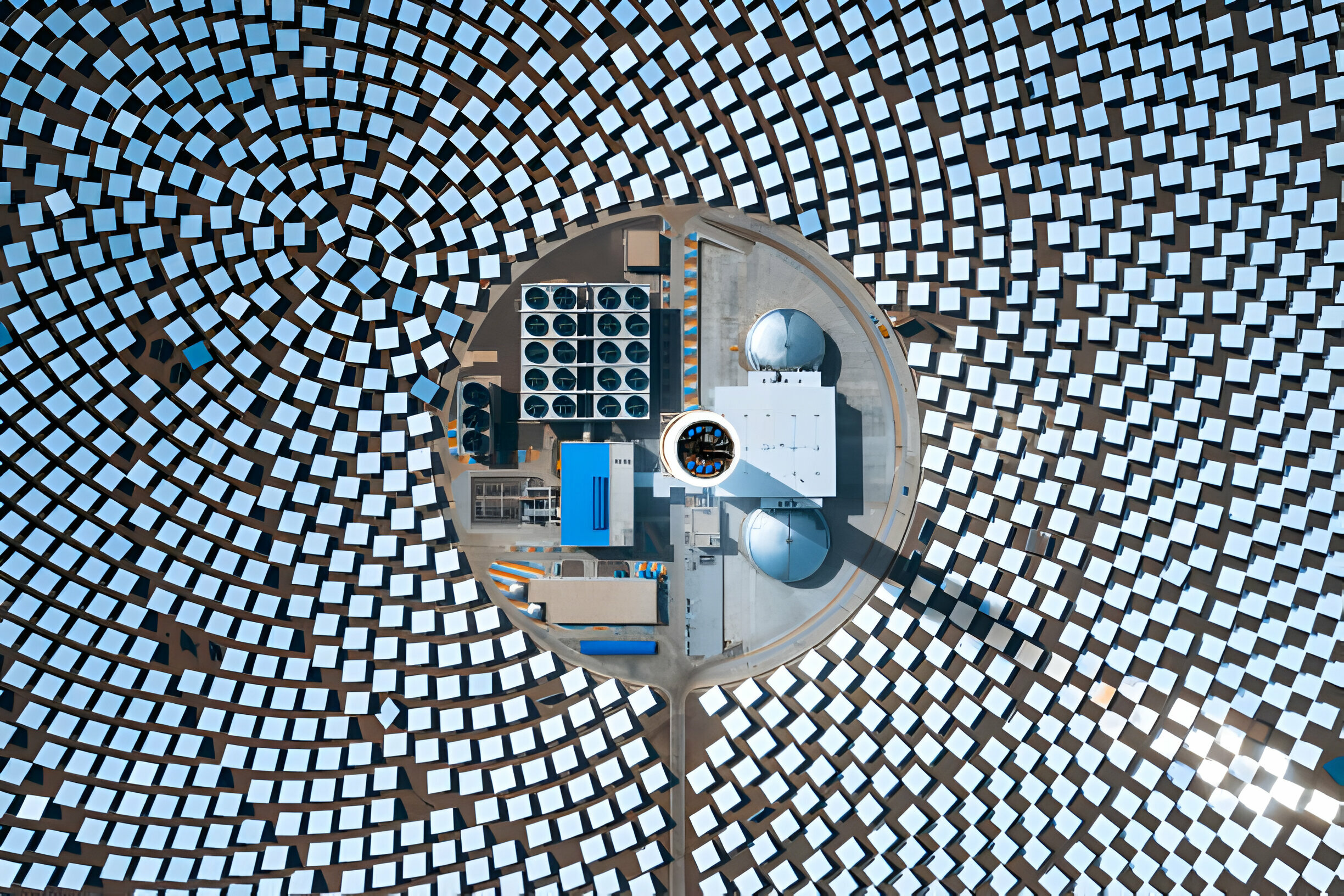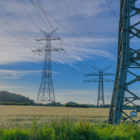You might have heard about the strategies for energy conservation in electrical engineering projects! You can save energy in electrical projects by making equipment work better. Fixing how power flows makes systems work better, too. Use things that don’t waste energy. Watch how much energy you use in real time. Make things turn on and off by themselves to save energy. Try using energy from the sun or wind. Keep things working well by checking them often. Teach others how to save energy, too. Save extra energy for later. Keep finding strategies for energy conservation in electrical engineering projects.

Top Strategies for Energy Conservation in Electrical Engineering Projects
Efficient Lighting Systems
Efficient lighting systems play a pivotal role in conserving energy in electrical engineering projects. You can significantly reduce energy consumption by opting for LED lights over traditional incandescent bulbs. LED lights consume up to 75% less energy and last 25 times longer than incandescent lighting. Utilizing sensors and timers to control lighting based on occupancy and natural light levels further enhances energy savings. Incorporating daylight harvesting techniques ensures that artificial lighting is adjusted based on available natural light, thus minimizing unnecessary energy usage.
Optimization of HVAC Systems
Optimizing heating, ventilation, and air conditioning (HVAC) systems is crucial for energy conservation. Implementing variable frequency drives (VFDs) in HVAC equipment allows for precise control of motor speed, reducing energy consumption during periods of low demand. Regularly maintaining and cleaning HVAC components such as filters, coils, and ducts ensures optimal performance and energy efficiency. Integrating building automation systems (BAS) enables centralized control and monitoring of HVAC equipment, facilitating proactive energy management and identifying opportunities for further optimization.
Energy-Efficient Motors and Drives
Selecting energy-efficient motors and drives is essential for minimizing energy losses in electrical engineering projects. Utilizing high-efficiency motors with premium efficiency ratings ensures maximum energy savings during operation. Variable speed drives (VSDs) or adjustable frequency drives (AFDs) enable precise control of motor speed and torque, resulting in reduced energy consumption compared to fixed-speed motor setups. Implementing soft starters or energy-regenerative drives helps mitigate power surges and recover energy during deceleration, contributing to overall energy conservation efforts.
Power Factor Correction
Optimizing power factor enhances energy efficiency and reduces electricity costs in electrical engineering projects. Installing power factor correction capacitors helps mitigate reactive power losses and improves the overall power factor of electrical systems. By maintaining a power factor close to unity, you can minimize energy wastage, enhance voltage stability, and optimize the utilization of electrical infrastructure. Conducting regular power factor assessments and implementing corrective measures ensure optimal power factor levels and sustained energy savings over time.
Renewable Energy Integration
Integrating renewable energy sources such as solar, wind, or hydroelectric power into electrical engineering projects can significantly contribute to energy conservation efforts. Installing solar photovoltaic (PV) panels or wind turbines on site allows for the generation of clean, sustainable energy to offset traditional grid electricity consumption. Implementing grid-tied systems with net metering enables surplus renewable energy to be exported to the grid, providing financial incentives and reducing reliance on fossil fuels. Incorporating energy storage solutions such as batteries enables the capture and utilization of renewable energy during periods of low generation or high demand, further optimizing energy conservation.
Smart Building Technologies
Embracing smart building technologies offers comprehensive solutions for energy conservation and optimization in electrical engineering projects. Deploying energy management systems (EMS) enables real-time monitoring, analysis, and control of building energy usage, facilitating proactive decision-making and resource allocation. Integrating advanced metering infrastructure (AMI) and submetering allows for granular monitoring of energy consumption patterns at the circuit or equipment level, identifying inefficiencies and areas for improvement. Leveraging artificial intelligence (AI) algorithms and predictive analytics enhances the predictive maintenance of electrical systems, minimizing downtime and optimizing energy performance over the long term.
Conclusion
Implementing these Strategies for Energy Conservation in Electrical Engineering Projects is essential for sustainability. Power factor correction and renewable energy integration further contribute to environmental stewardship. Embracing smart building technologies ensures continuous optimization and long-term energy efficiency. Together, these measures pave the way for a greener future.





